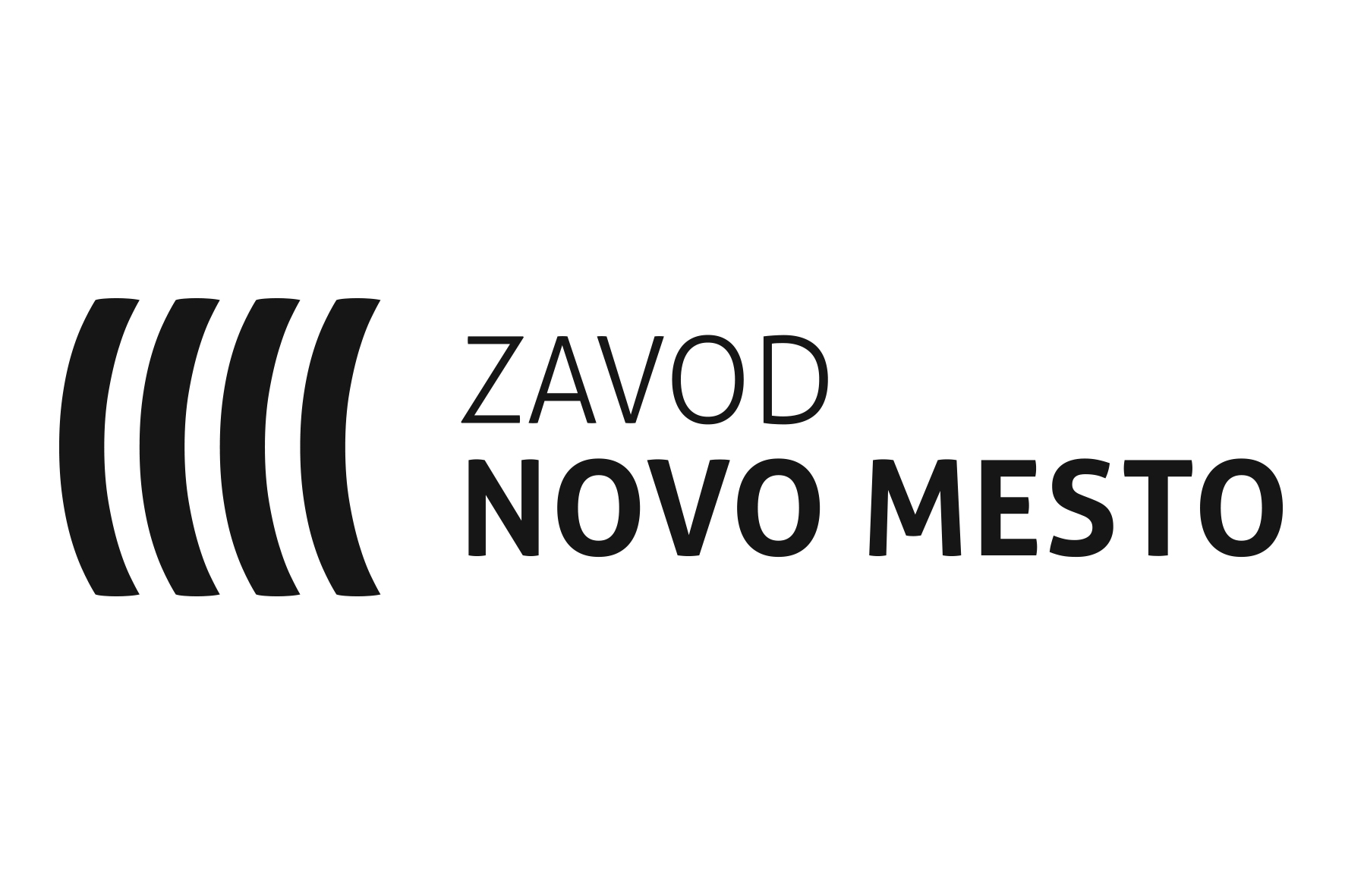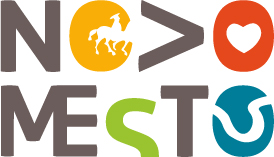Mastering Micro-Influencer Collaborations for Local Brand Growth: A Step-by-Step Deep Dive 2025
Implementing micro-influencer collaborations at the local level offers unparalleled opportunities for brands seeking authentic engagement and community-driven growth. However, to truly harness this potential, brands must go beyond superficial tactics and adopt a comprehensive, detail-oriented approach. This article provides an expert-level, actionable framework to identify, engage, and optimize micro-influencer partnerships that drive tangible local impact. We will explore each phase with depth, including nuanced strategies, real-world examples, and common pitfalls to avoid.
Table of Contents
2. Crafting Personalized Outreach Strategies to Engage Micro-Influencers
3. Structuring Effective Collaboration Agreements and Content Guidelines
4. Implementing Content Co-Creation Techniques for Authentic Local Engagement
5. Optimizing Campaign Execution: From Planning to Launch
6. Monitoring, Analyzing, and Adjusting Micro-Influencer Campaigns
7. Avoiding Common Pitfalls in Micro-Influencer Collaborations
8. Case Study: Step-by-Step Implementation of a Local Micro-Influencer Campaign
1. Identifying High-Impact Micro-Influencers for Local Brand Campaigns
a) Criteria for Selecting Micro-Influencers Aligned with Local Brand Values
Begin with a clear understanding of your brand’s core values and target community. For local campaigns, look for influencers whose personal brand, content themes, and audience align authentically with these values. For example, if your brand emphasizes sustainability, seek micro-influencers actively promoting eco-friendly lifestyles within your community. Use a values alignment matrix to score potential influencers on factors such as authenticity, community engagement, content relevance, and personal story resonance. Avoid influencers with a large follower count but disconnected content, as their impact on local growth will be limited.
b) Tools and Platforms for Finding Authentic Local Micro-Influencers
Utilize specialized tools like Heepsy or BuzzSumo to filter influencers by geographic location, niche, and engagement metrics. Instagram’s native features, like location tags and hashtag searches, can reveal micro-influencers active in your area. Leverage local Facebook groups and community forums where residents share content; these platforms often harbor emerging micro-influencers who have not yet been saturated by mass marketing. Pro tip: cross-check influencer authenticity by reviewing their follower growth patterns and engagement consistency—rapid follower spikes or generic comments are red flags.
c) Analyzing Engagement Rates and Audience Demographics for Optimal Fit
Engagement rate is more telling than follower count. Calculate it as (likes + comments) / followers x 100 over the last 10-15 posts. Aim for engagement rates above 4% for micro-influencers, indicating active followers. Use tools like Iconosquare or HypeAuditor to analyze audience demographics—ensure a high proportion (70%+) of local followers aligned with your target customer profile. Cross-reference audience age, gender, interests, and location data to prevent misaligned campaigns.
2. Crafting Personalized Outreach Strategies to Engage Micro-Influencers
a) Developing Compelling Outreach Templates That Resonate Locally
Avoid generic messages. Craft outreach emails or DMs that reference specific content of the influencer—mention a recent post about a local event or community issue. Use a conversational tone that reflects local slang or cultural references to foster rapport. For example:
“Hi [Name], I loved your recent story on [local event]! Your authentic take really resonates with our community. We’d love to collaborate on highlighting local stories that matter—are you open to a quick chat?”
b) Timing and Follow-Up Techniques to Maximize Response Rates
Send initial outreach during mid-week (Tuesday-Thursday) mornings, when engagement peaks. Use a CRM tool like HubSpot or Streak to track open and response rates. If no reply within 72 hours, send a personalized follow-up referencing their recent content or community activity. Avoid over-messaging—limit follow-ups to two attempts. Consider engaging with their content publicly before outreach to increase visibility and familiarity.
c) Building Long-Term Relationships Beyond One-Off Collaborations
Offer ongoing value—exclusive first looks, community recognition, or shared content projects. Use a customer relationship approach: maintain regular contact, comment genuinely on their posts, and involve them in local events or campaigns. Develop a tiered partnership model, rewarding consistent collaborators with higher-tier perks or commissions, fostering loyalty and increasing campaign quality over time.
3. Structuring Effective Collaboration Agreements and Content Guidelines
a) Drafting Clear Contracts with Deliverables, Timelines, and Compensation
Create a standard contract template specifying:
- Deliverables: Number and type of posts, stories, videos, mentions, with specifications for format and content focus.
- Timelines: Dates for content drafts, reviews, and publication, aligned with local events or seasons.
- Compensation: Flat fee, affiliate commissions, or product exchanges, with clear payment terms and invoicing procedures.
Use electronic signature platforms like DocuSign or Adobe Sign for legally binding agreements. Regularly update templates based on campaign learnings.
b) Defining Brand Voice, Messaging, and Content Standards for Consistency
Develop a detailed brand style guide tailored for micro-influencers. Include tone of voice, key messaging points, hashtags, and visual branding elements. Provide sample templates for captions and story frames. Use collaborative tools like Google Drive or Notion for shared guidelines, ensuring influencers understand and align with your brand’s narrative.
c) Legal Considerations: Disclosures, Rights, and Usage Permissions
Ensure influencer disclosures comply with FTC guidelines—explicitly state when content is sponsored. Include clauses granting your brand rights to reuse and republish influencer content across channels, with appropriate attribution. Use a rights transfer clause, specifying duration and scope of content usage. Consult legal counsel for jurisdiction-specific regulations, especially for contests or giveaways.
4. Implementing Content Co-Creation Techniques for Authentic Local Engagement
a) Step-by-Step Guide to Co-Creating Content with Micro-Influencers
Follow this structured approach:
- Ideation: Conduct a brainstorming session jointly, focusing on local themes, landmarks, or community stories.
- Content Planning: Develop a content calendar with specific ideas for photos, videos, or stories, incorporating local scenery or events.
- Content Creation: Encourage influencers to record behind-the-scenes, local testimonials, or day-in-the-life segments, maintaining authenticity.
- Review and Feedback: Use collaborative editing tools like Frame.io or Google Slides to review drafts quickly, ensuring alignment.
- Finalization and Posting: Schedule posts according to peak engagement times, using tools like Later or Hootsuite.
b) Using Local Landmarks, Events, and Community Themes to Enhance Relevance
Integrate imagery and narratives that resonate locally. For instance, if a popular park hosts weekly markets, organize a mini-event or live coverage with influencers highlighting local vendors. Leverage seasonal themes—like summer festivals or holiday markets—to craft timely content that feels genuine and engaging. Document local stories that evoke community pride, making content more shareable and memorable.
c) Approaches for Leveraging User-Generated Content and Stories
Create branded hashtags to encourage followers to share their experiences. Feature user stories on your brand’s channels, giving community members recognition. Use contests or challenges—e.g., photo contests at local landmarks—to incentivize participation. Curate and repost authentic content, ensuring proper attribution, to amplify reach and foster a sense of community ownership.
5. Optimizing Campaign Execution: From Planning to Launch
a) Calendar Scheduling Aligned with Local Events and Seasons
Use a detailed content calendar that synchronizes with local activities—parades, festivals, school openings, or seasonal markets. Incorporate buffer days for last-minute adjustments, especially around unpredictable weather or community surprises. Utilize project management tools like Asana or Trello to assign tasks, set deadlines, and ensure timely execution.
b) Using Tracking Links and Unique Hashtags for Performance Measurement
Generate unique UTM parameters for each influencer or post using Google Campaign URL Builder. Create a branded hashtag campaign—e.g., #YourCityLoves[Brand]—to aggregate content and monitor engagement. Use social listening tools like Brandwatch or Sprout Social to track hashtag usage, mentions, and sentiment in real-time. Analyze data weekly to identify top-performing content and adjust messaging accordingly.
c) Coordinating Multi-Platform Dissemination for Maximum Reach
Repurpose content across channels—Instagram, TikTok, Facebook, local forums—tailoring formats for each platform’s audience. Schedule posts during local peak times, typically lunch hours or early evenings. Cross-promote with local partners or community groups to amplify reach. Use scheduling tools like Buffer or Planoly to streamline multi-platform publishing and maintain consistency.
6. Monitoring, Analyzing, and Adjusting Micro-Influencer Campaigns
a) Key Performance Indicators Specific to Local Brand Growth
Track metrics such as local reach (geotagged impressions), engagement rate, click-throughs on tracking links, and conversions (e.g., store visits, sign-ups). Use local sales uplift data, if available, to directly correlate influencer activity with revenue. Measure community sentiment through qualitative feedback and user comments to gauge authenticity and trust.








